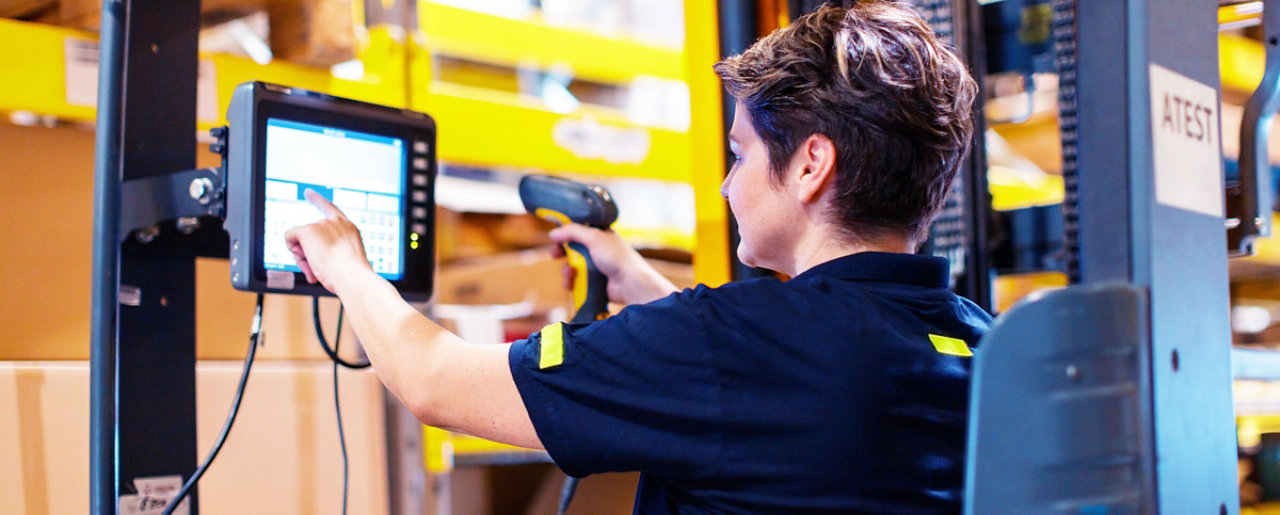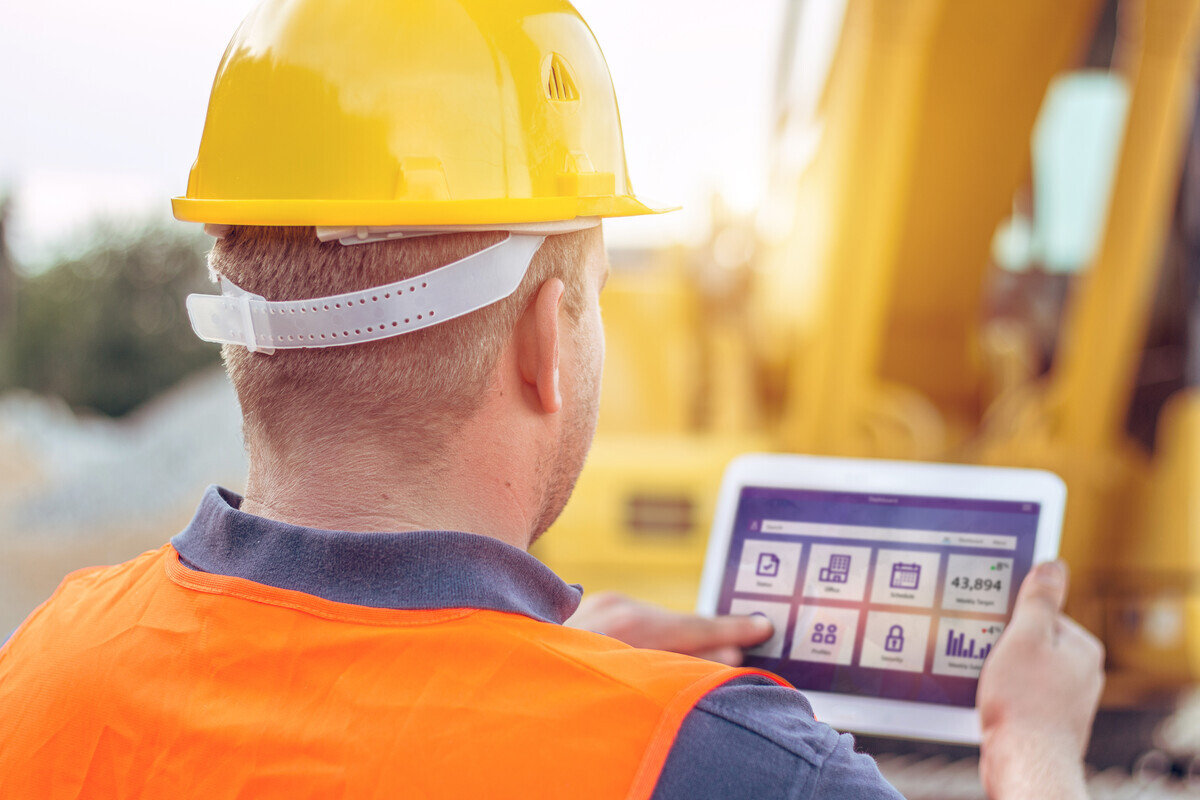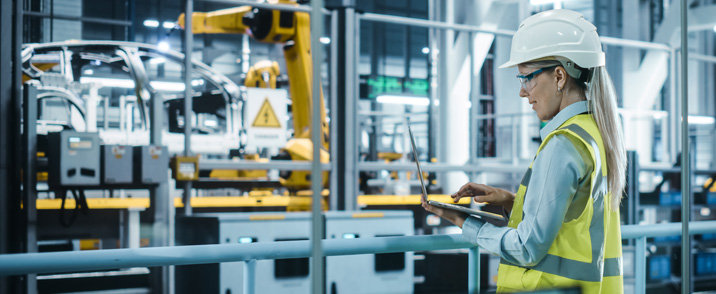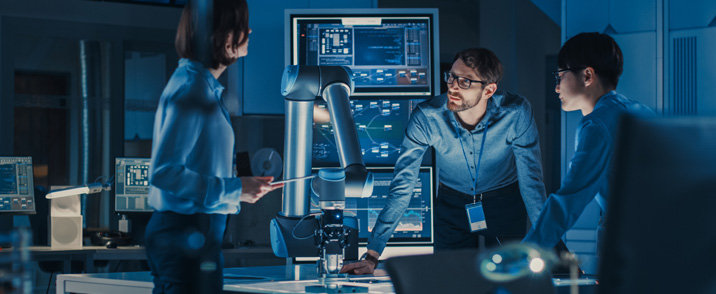Until recently, businesses relied on manual methods such as scanning barcodes or conducting inventories to keep track of these high-value assets.
Today, though, an Internet of Things (IoT) enabled asset tracking system will streamline this process, making it far more effective. Employing a combination of hardware, software, and network services, such a system will track an organisation’s physical assets as they move through the supply chain, showing their location as well as monitoring operations and preventing loss.
What’s more, with information on an asset’s condition, organisations are better able to plan for maintenance and future growth, thereby enjoying greater efficiency.
With always-on connectivity backed by the UK’s biggest and best network, precise and reliable real-time data, and comprehensive security, our asset tracking solutions offer businesses all-around visibility of their assets, insight into their condition, and a robust return on investment.

Maintaining visibility
The main issue for many businesses is visibility. A logistics company might struggle to know where all its thousands of cages are at any given time, for example. Some might be in a different building from where they should be, some may have been taken by another depot, and some may have been lost altogether. With no central repository providing the company with information on the whereabouts of those assets at all times, planning and deployment can be challenging.
By way of illustration, one of our customers supplies flood pumps to areas affected by heavy rainfall. Kept on stillages and moved around the country, the company needs to know where they are at all times. The solution we provide enables the company to keep track of each of these pumps, with real-time visibility making it easy to plan and deploy them quickly to the areas where they’re most needed.

Supply chain disruption
Traditionally, logistics and manufacturing businesses employed the “just in time” system, based on maintaining a slim stock level with a deterministic understanding of when different goods would arrive – essentially goods in, goods out. But Brexit has complicated matters.
Where once goods could be transported from the EU to the UK on time, the added bureaucracy has resulted in greater variability in terms of when those goods might arrive. The value of IoT asset tracking in this instance is that it gives businesses visibility into where their assets are at any time without the need to rely on third-party information. No guarantee will ensure “just in time”, but it does enable more accurate planning.

More than location
Asset tracking is not just about location, of course. It’s in the interest of dairy producers, for instance, to monitor the temperature of their assets to ensure they don’t spoil, or that they comply with regulatory requirements regarding food safety.
Electronics manufacturers might have products which are sensitive to vibration and therefore want to understand what’s happening to those products while they’re in transit.
This is what’s known as condition-based monitoring. By combining information on the state of an asset with information on its location, companies will enjoy a significantly higher level of confidence in any stock that arrives for processing.
Telematics is a form of asset tracking, too. One of our ecosystem partners, Geotab, provides OBD2s (onboard diagnostic devices), which deliver a wealth of rich information on the performance of the vehicles and driver behaviour in their fleet, allowing them to improve efficiency and optimise costs.
Secure and sustainable
Security is a key consideration in our IoT asset-tracking solutions. We recognise that when we’re building a solution, particularly for transport and logistics where the information can be especially sensitive, security should be front and centre. We perform considerable due diligence, making sure we work with the right partners, and that the hardware and software we use are validated and tested before we offer them to our customers.
Sustainability is important, too. We’re one of the world’s most sustainable companies, committed to reaching net zero for our operations by 2030, and for our supply chain and customer emissions by 2040. We need to help our customers understand how using IoT sensors to track their assets can help them reduce CO2 emissions.
Geotab’s telematics devices, for example, allow companies to optimise their drivers’ routes, meaning they emit less carbon.
Looking to the future
Asset tracking has a promising future. The global market is expected to be worth $55.1 billion by 2026 – a Compound Annual Growth Rate (CAGR) of 17.1 per cent and BT is exploring the many different opportunities this presents.
There’s growing interest in high-accuracy asset tracking using technologies like ultra-wideband (UWB) connectivity, while narrowband (NB) IoT is set to revolutionise the utility sector with more informative smart meters.
Predictive maintenance is also likely to be a high-growth area – the ability to predict when assets will need maintenance, or when they’re going to fail, will be hugely important for businesses, especially if those assets are in hard-to-reach locations like offshore wind farms.
From tracking an asset’s location in real time to understanding its condition, our IoT asset-tracking solutions provide businesses with the information and insight they need to make more accurate decisions. And, as we’ve seen, this is only the beginning.



